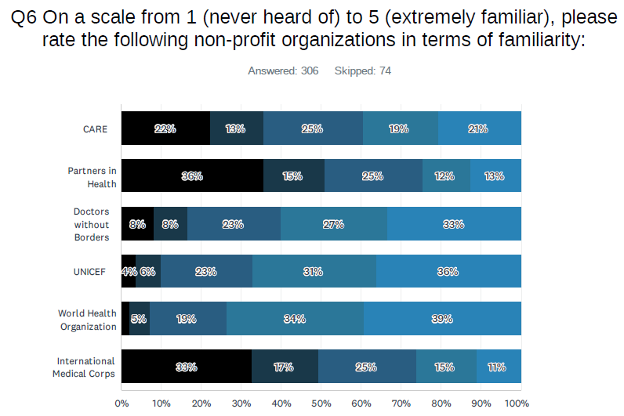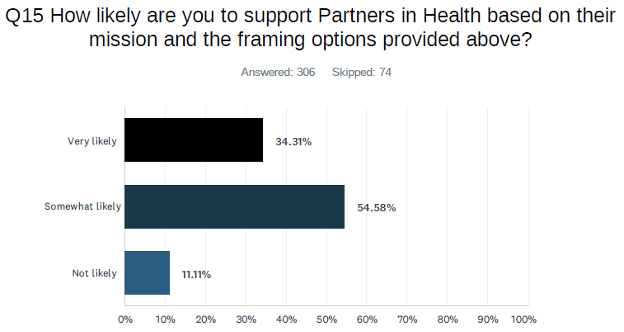About this Case Study
This case study provides an example for organizations in the charitable and non-profit sector seeking to enhance donor engagement and clarify operational perceptions. If you are responsible for donor communications or brand strategy, this case study is for you. It focuses on understanding public attitudes toward operational models and breaking the cycle of poverty.
Summary
Partners in Health, through its collaboration with RKD, sought to rebrand and refine its messaging around health equity and social justice. This research study explored brand awareness, perceptions of their mission, and the public’s understanding of critical concepts like social justice. The objective was to provide actionable insights to enhance their branding strategy.
Here’s the Challenge
PIH faced concerns about whether their audience understood the intersection of social justice and health equity central to their mission. They needed to evaluate public awareness of their brand and its association with these principles, as well as understand donor preferences and priorities.
Here’s the Idea
To address these challenges, we designed a comprehensive survey that probed attitudes toward social justice and health equity, alongside brand familiarity. The survey aimed to uncover how audiences perceive PIH’s mission, their understanding of healthcare inequities, and which aspects of PIH’s work resonate most.
Here’s the Execution
We conducted a quantitative survey targeting 306 respondents. The survey included:
- Brand familiarity ratings for PIH and peer organizations.
- Perceptions of social justice and health equity, with questions exploring nuanced definitions.
- Prioritization of healthcare efforts, including maternal health and emergency response.
- Demographic segmentation to understand regional and income-based variations in responses.
Only active donors were included, ensuring responses reflected a relevant audience for PIH’s strategic goals.


Here’s the Positive Outcome
Two standout findings provided key insights:
- Brand Familiarity: PIH scored a weighted average of 3.02 in familiarity compared to leading organizations like UNICEF (4.04). This highlighted opportunities for greater visibility.
- Mission Resonance: 54.58% of respondents stated they were “somewhat likely” to support PIH based on its mission, showing a solid base of potential support with room for growth.
Applications to Business Objectives
These findings empower PIH to tailor its rebranding efforts by:
- Emphasizing the health equity aspects of its mission, which align with donor priorities.
- Creating campaigns to boost brand awareness and position PIH alongside globally recognized organizations.
Developing donor-focused messaging that underscores the tangible impact of their work, enhancing support for critical projects like the Maternal Center of Excellence in Sierra Leone.